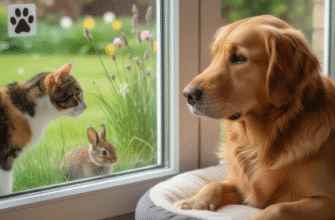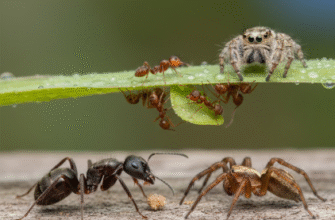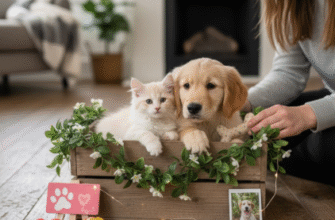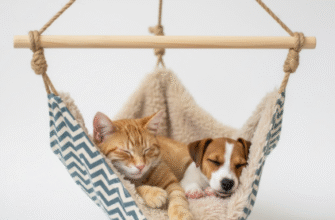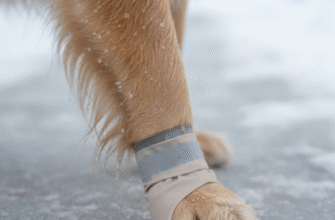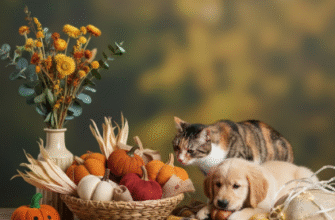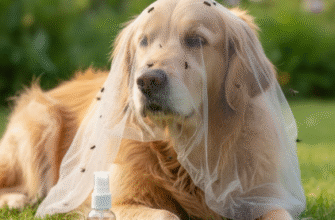Most cat lovers are familiar with popular breeds like the Siamese, Persian, or Maine Coon. They grace calendars, internet memes, and countless homes worldwide. But beyond these well-known felines lies a world of whiskered wonders that are far less common, often with fascinating histories and unique appearances. These rare cat breeds represent tiny fractions of the global feline population, making encounters with them special occasions. Their scarcity can be due to various factors, including recent development, geographical isolation, complex genetics, or simply a smaller pool of dedicated breeders.
Exploring these uncommon breeds opens a window into the incredible diversity of the domestic cat. Each possesses distinct characteristics, temperaments, and origin stories that contribute to their allure. Owning such a cat often involves a deeper commitment, requiring thorough research and connection with responsible preservation breeders. Let’s delve into the world of some extremely rare cat breeds that capture the imagination.
The Sokoke: Wild Looks from Kenya
Imagine a cat cloaked in a pattern reminiscent of tree bark, moving with the grace of a wild creature. This is the Sokoke, a natural breed originating from the Arabuko-Sokoke Forest area of Kenya. They are often described as having a ‘wild’ appearance, primarily due to their unique coat. The Sokoke sports a distinctive ‘blotched tabby’ pattern, often on a brownish background, which provides excellent camouflage in their native forest environment. Unlike the swirled or mackerel patterns common in other tabbies, the Sokoke’s pattern looks more like wood grain.
Physically, they are medium-sized cats with long legs, particularly the hind legs, giving them a characteristic ‘tiptoe’ gait. Their bodies are slender yet muscular, built for agility and speed. They have relatively large ears and expressive eyes, usually amber to light green. Despite their somewhat feral appearance, Sokokes are known for being highly intelligent, active, and surprisingly affectionate with their human families. They form strong bonds and enjoy interaction, including playtime that engages their sharp minds. Their rarity stems from their limited geographic origin and the relatively recent efforts, starting in the late 1970s and early 1980s, to establish them as a standardized breed outside Kenya.
The LaPerm: Curls by Chance
The story of the LaPerm begins not with ancient lineages but with a spontaneous genetic mutation on a cherry farm in Oregon, USA, in 1982. A barn cat gave birth to a litter that included one kitten born completely bald. Within a few weeks, however, this kitten began to grow a coat unlike any other: soft, wavy, and distinctly curly. This unique kitten, aptly named Curly, became the foundation female of the LaPerm breed.
The defining feature of the LaPerm is, of course, its coat. Caused by a dominant Rex gene mutation (different from the ones found in Cornish or Devon Rex), the coat can range from tight ringlets to looser waves, and it comes in all recognized colors and patterns. Even the whiskers are often curly! Kittens might be born bald, with straight hair, or with curls, but most develop the signature curly coat as they mature. Beneath the remarkable coat is a cat of moderate size and build. Temperamentally, LaPerms are renowned for being exceptionally affectionate and people-oriented. They often seek out human companionship, enjoying laps, cuddles, and interactive play. Their gentle, loving nature combined with their unusual appearance makes them highly sought after, though their numbers remain relatively low compared to mainstream breeds.
The Burmilla: An Elegant Accident
Sometimes, beauty arises from happenstance. The Burmilla breed is a perfect example, originating in the United Kingdom in 1981 from an accidental mating. A Lilac Burmese female named Bambino and a Chinchilla Persian male named Jemari Sanquist found themselves with an unexpected opportunity, resulting in a litter of four kittens possessing a stunning new look. They combined the shorthair coat and build of the Burmese with the shimmering silver tipping and green eyes of the Chinchilla Persian.
The Burmilla’s most striking feature is its short, dense coat, which has a silver or golden undercoat tipped with a contrasting color (like black, blue, brown, chocolate, or lilac). This tipping gives the coat a sparkling, luminous quality. Their expressive eyes, typically green, are often outlined in dark ‘eyeliner,’ enhancing their captivating gaze. They have a medium build, combining the elegance of the Persian with the muscularity of the Burmese. Burmillas are known for their sweet, gentle, and playful temperaments. They blend the laid-back nature of the Persian with the interactive, sometimes mischievous, spirit of the Burmese. They form strong attachments to their families but are generally less demanding than their Burmese ancestors. Establishing the breed required careful development, and while recognized by major associations, they remain uncommon.
The Korat: Thailand’s Good Luck Charm
Steeped in history and revered in its native Thailand, the Korat is more than just a rare breed; it’s considered a living symbol of good fortune. Named after the Korat Plateau in Thailand, these cats have existed for centuries, mentioned in ancient manuscripts like the Tamra Maew (Cat-Book Poems) dating back possibly to the 14th century. Traditionally, Korats were given as gifts, often in pairs, to symbolize prosperity and happiness for newlyweds.
The Korat is instantly recognizable by its stunning silver-blue coat. Each hair has a lighter base, graduating to a deeper blue, and tipped with silver, creating a shimmering halo effect. They are medium-sized, muscular cats with a distinctive heart-shaped face when viewed from the front. Their eyes are large, round, and luminous, typically a brilliant peridot green, although they may be amber in younger cats, gradually changing color. Korats are known for being highly intelligent, observant, and deeply devoted to their owners. They form very strong bonds and can be possessive of their favorite humans. They thrive on attention and interaction. Their rarity outside Thailand persisted for centuries, with breeding programs in the West only beginning in earnest in the mid-20th century. Strict adherence to their natural appearance and lineage helps maintain their unique characteristics but also contributes to their limited numbers globally.
Peterbald: The Russian Enigma
Originating from St. Petersburg, Russia, in the 1990s, the Peterbald is a relatively new breed known for its unique range of coat types, including near or complete hairlessness. It resulted from crossing a Don Sphynx (also known as Donskoy, a Russian hairless breed) with Oriental Shorthair cats. This combination created a cat with the elegant, slender body type and distinctive head shape of the Oriental lineage, coupled with the hair-loss gene from the Donskoy.
Peterbalds are fascinating because they are not exclusively hairless. They can exhibit several coat types:
- Bald: Completely hairless, skin feels slightly sticky or rubbery.
- Flock: A very fine, short downy coat, about 90 percent hairless, resembling chamois leather.
- Velour: A slightly longer coat (1-3mm), still feeling soft and velvety.
- Brush: A wiry, often sparse coat, which can be lost over time.
- Straight Coat: Born with a normal cat coat, these individuals do not carry the hair-loss gene but are valuable for breeding programs.
Regardless of coat type, Peterbalds share the graceful, long lines of their Oriental ancestors: a wedge-shaped head, large bat-like ears, almond-shaped eyes, and a long, whippy tail. They are known for being exceptionally affectionate, intelligent, curious, and even dog-like in their devotion. They crave companionship and are very vocal. Their recent origin and unique genetics contribute to their status as a rare breed.
Important Note on Acquiring Rare Breeds: When considering a rare cat breed, patience and ethical sourcing are paramount. These cats are not readily available, and responsible breeders often have waiting lists. It is crucial to work with registered breeders who prioritize the health, temperament, and preservation of the breed standard. Avoid any source that seems like a kitten mill or promises instant availability of extremely rare cats, as this often signals unethical practices.
Why Such Rarity?
The scarcity of breeds like the Sokoke, LaPerm, Burmilla, Korat, and Peterbald often boils down to a combination of factors. Natural breeds like the Sokoke and Korat were geographically isolated for centuries. Newer breeds like the LaPerm, Burmilla, and Peterbald require careful, dedicated breeding programs to establish healthy gene pools and consistent type. Sometimes, the specific genetic traits (like the LaPerm’s curls or the Peterbald’s hairlessness) require knowledgeable breeding practices. Furthermore, the demand, while present among enthusiasts, might not be large enough to warrant widespread breeding compared to more mainstream cats. Preservation efforts focus on quality over quantity.
These rare felines offer a glimpse into the vast potential within the feline genome. They remind us that the world of cats is full of undiscovered variations and fascinating stories. Whether admired for their wild appearance, unique coats, elegant forms, or historical significance, these uncommon breeds hold a special place in the hearts of those lucky enough to know them.

